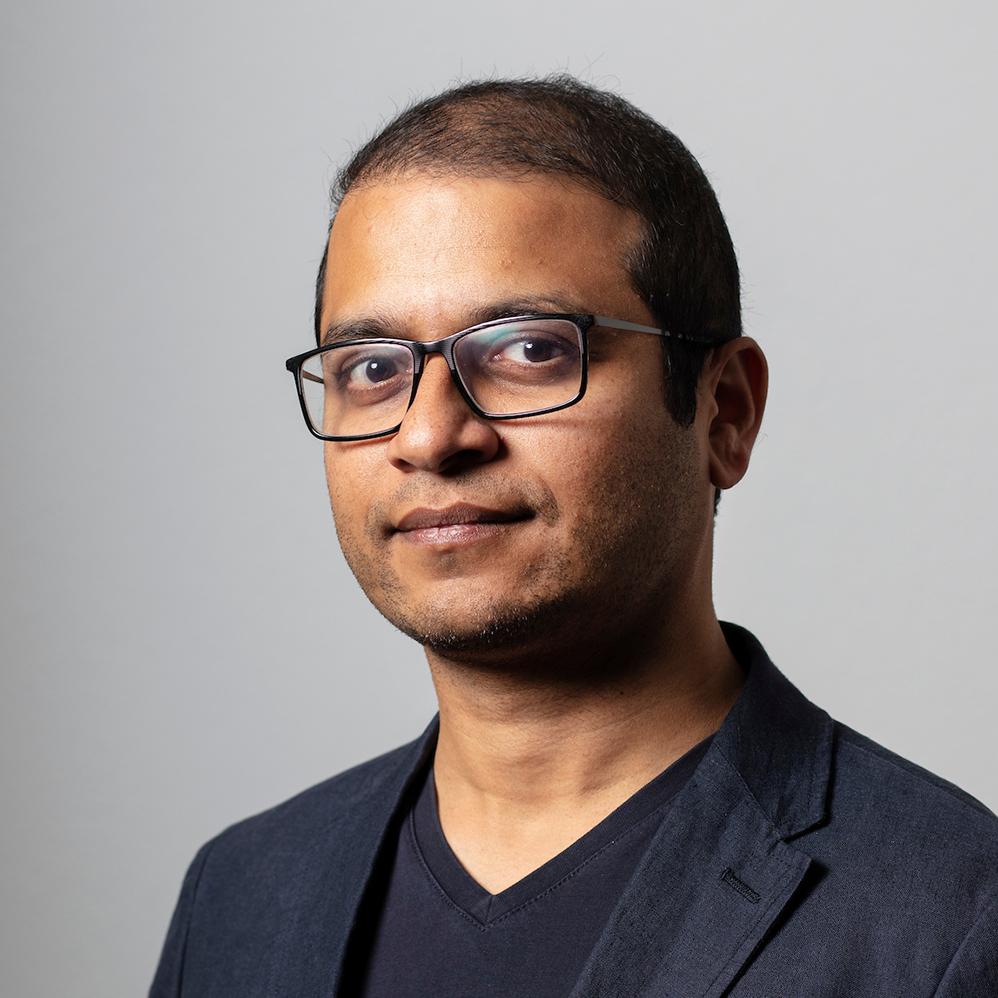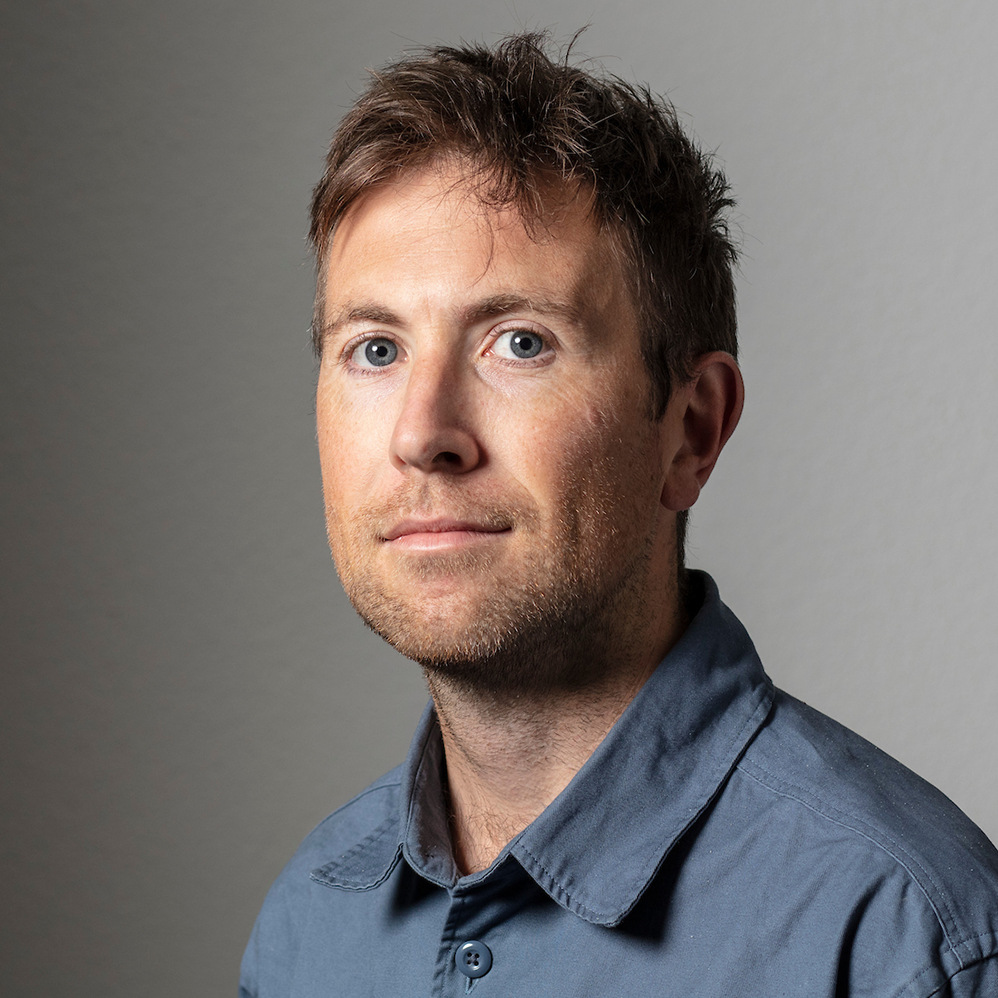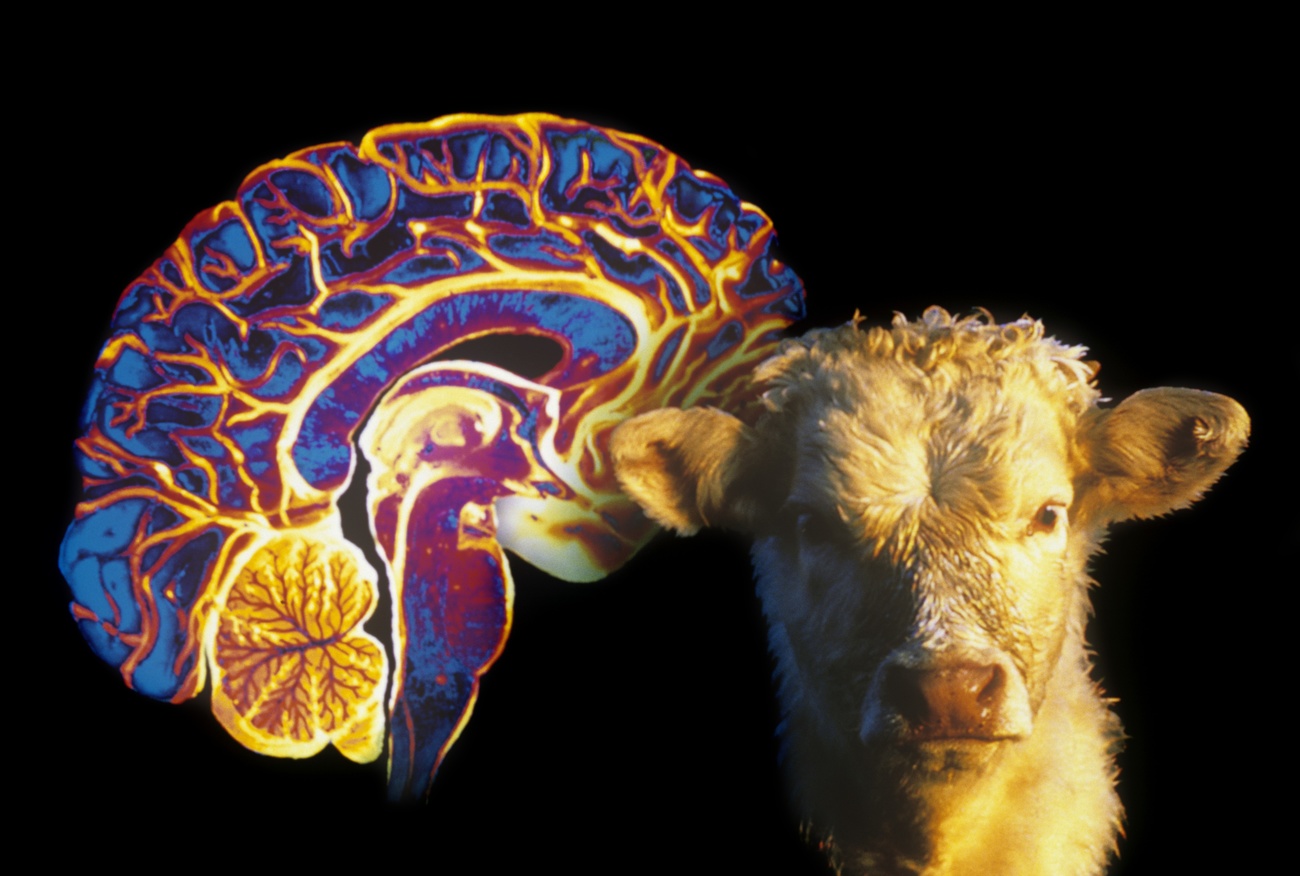Landlocked Switzerland’s taste for seafood is raising a stink

Around 96% of all fish consumed in Switzerland is imported but it is estimated that only around 40% can be considered sustainable.
Just before Christmas, Greenpeace Switzerland accused the major supermarket chains Coop and Migros of heavily discounting salmon to stimulate the consumption of unsustainably raised fish. Research carried out over three months showed that the retailers were selling farmed North Atlantic salmon at discounts of between 41% and 50%. According to Greenpeace, the two retailers generate more than 45% of their sales from fish products via discount sales – the highest share of sales in the food sector.
“Industrial aquaculture only exacerbates the problem in the oceans. In terms of sustainable development, the only coherent action is to offer less fish,” said a Greenpeace press releaseExternal link on December 18.
Questionable imports
The Swiss consume an average of nine kilos of seafood a year, according to the Federal Office for Agriculture. A review of the Swiss fish marketExternal link published in 2021 by researchers from the University of Bern estimated that the Alpine nation imports 96% of all the fish consumed. Interviews and surveys of local producers, trade representatives, retailers, restaurant and food service (RFS) providers, quality-management specialists, labelling organisations and associated NGOs, revealed flaws in sustainability claims and a lack of transparency.
“Furthermore, even when analysing the Swiss fish market through a limited sustainability lens, only around 40% of consumed products may be considered sustainable. This figure is even more severe within the RFS sector, where sustainability has a very low priority,” state the researchers.
Norway remains the number one source of Swiss seafood imports, thanks to its status as a farmed salmon powerhouse.
According to WWF, salmon aquaculture is the fastest growing food production system in the world. The Food and Agriculture Organisation (FAO) estimates the global production of farmed Atlantic salmon to be 2.72 million tonnes a year compared to a mere 20,000 tonnes four decades ago.
“These fish farms are nothing more than intensive farming at sea. They seriously harm the environment and the animals,” said Barbara Wegmann, a consumer expert at Greenpeace Switzerland, in the press release.
Pollution caused by fish waste and pesticides against parasites, as well as interbreeding of escaped fish with wild salmon are some of the negative consequences of salmon farming. According to Vanessa Jaiteh, a seafood sustainability researcher at the University of Bern, salmon raised in aquaculture are often treated with antibiotics and have antibiotic resistance. The same is true for most aquaculture in Southeast Asia which should concern Swiss seafood lovers given that the second largest source of imports is Vietnam. A survey of 360 fish farms and 360 shrimp farms in North, Central and South VietnamExternal link revealed that antibiotics were widely used in 64% of fish farms and 24% of shrimp farms in 2021.
“People are worried about microplastics but not about their Christmas meal salmon full of antibiotics,” Jaiteh told SWI swissinfo.ch.
What is not so well known is that the farmed salmon industry also affects people living on the other side of the world.
“Norway feeds their fish with small pelagic fish from places like Mauritania and Senegal depriving the locals of a cheap source of protein,” says Jaiteh.
The fishmeal and fish oil companies cause environment damage with their waste and manage to obtain good deals from local governments who turn a blind eye.
Consumer choices
“Consumers first look at price, then the region where the fish comes from and then perhaps at labels,” says Jaiteh.
However, those opting for local fish and hoping to make a sustainable choice are also misled.
“Salmon raised in Switzerland come from eggs brought in from Iceland. A lot of grey energy is used to give the salmon the environment to grow,” says Jaiteh.
Labels can also deceive. For example, a can of tuna may say the fish have been caught using “pole and line”, which means a pole was used by a fisher to haul in fish one at a time per pole. But the fine print reveals that the fish were caught by “longlines”, which is a fishing line that can be tens of kilometres long with thousands of hooks attached to it.
“Yes, Switzerland requires the fishing method to be declared but the categories are too broad and the language too ambiguous,” says Jaiteh.
There are also problems with sustainability labels like the Marine Stewardship Council (MSC) and Aquaculture Stewardship Council (ASC). For example, MSC allows fishing with super trawlers External linkthat use nets that can hold as many as 13 jumbo jets and damage the seabed and are responsible for a lot of bycatch. Last year, the ASC was criticised by over 40 civil society groupsExternal link for not assessing the sustainability of a third of a “responsibly farmed” salmon’s life between hatchery and final growout farm stage.
“The information is not difficult to obtain. The problem is that so many people benefit from not revealing it,” says Jaiteh.
According to the researcher, consumers need to do their research but given that most people eat only a few kinds of fish like salmon or tuna, it is better to focus on these species. The researcher has a few tips for consumers to avoid supporting the worst practices of the fishing and aquaculture industry.
-
Do not eat sharks or rays. Their catch is rarely sustainable and they tend to have high mercury levels.
-
Swordfish is risky; some populations are threatened, others are recovering from decades of overfishing. Generally, swordfish caught by handline or harpoon in Canadian or US waters is ok; for other regions and fishing gear, consult a WWF seafood guideExternal link.
-
If you buy salmon, then either choose wild caught from the Pacific Ocean and not the Atlantic Ocean where they are overfished or buy certified organic farmed salmon. Better still, choose a sustainable alternative to salmon, for example rainbow trout raised in Switzerland in spring water.
-
If you buy aquacultured seafood, then choose organic over a label like ASC.
-
If you want a tuna sandwich, choose tuna from the West or Central Pacific, caught by pole and line.
Moderation is another way to reduce impact on global fish stocks.
“We in Switzerland can eat other things. Coastal communities should be able to have fish on their plates,” says Jaiteh.
Given that meat in Switzerland costs 2.3 times more than in the European Union External link(compared to 1.82 times for fish) and the penchant for retailers to discount salmon fillets, it will be hard for Swiss consumers to resist a bargain when they see one.
This article is part of our dedicated coverage of developments in the food industry from a consumer’s point of view. Despite its small size, Switzerland occupies a substantial place in the global food basket. It is home to food and agriculture giants like Nestlé and Syngenta, as well a major players in chocolate and dairy. The country is also positioning itself as a food tech hub with many startups and a dedicated incubator in the form of the Swiss Food and Nutrition Valley. The Alpine nation is also the European hub for many commodity firms dealing with food products like soy, cocoa, coffee and palm oil.

In compliance with the JTI standards
More: SWI swissinfo.ch certified by the Journalism Trust Initiative











You can find an overview of ongoing debates with our journalists here . Please join us!
If you want to start a conversation about a topic raised in this article or want to report factual errors, email us at english@swissinfo.ch.